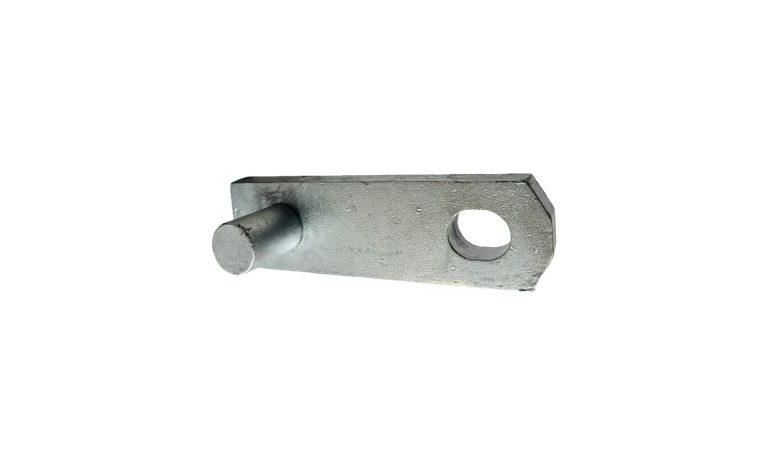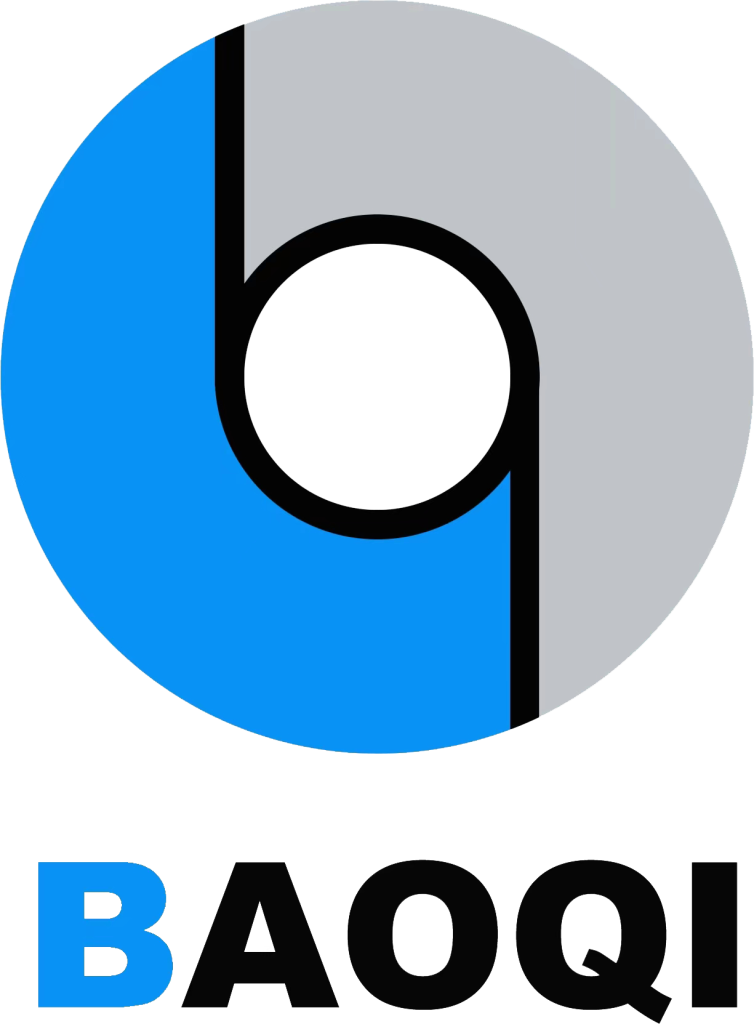
A T – Bar Anchor is a type of anchoring device that gets its name from its characteristic T – shaped structure. It is designed to provide stability and a secure connection point in various applications such as construction, marine, and industrial settings.
